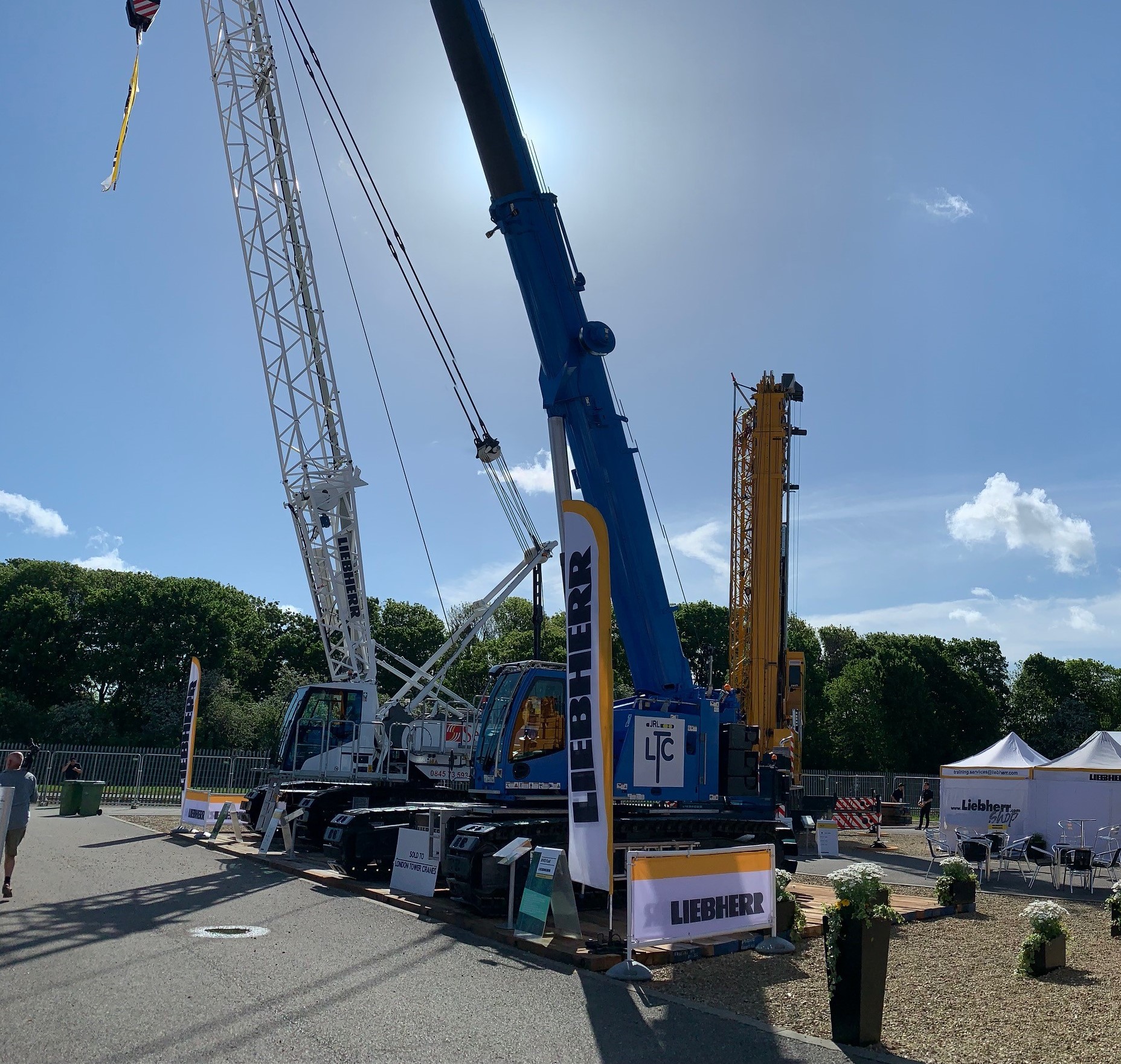
Steel crane mats vs timber crane mats
Steel crane mats and timber crane mats are two of the main ways to create a solid, stable lifting platform for crane vehicles and static lifting machinery – but what are the pros and cons of steel crane mats vs timber crane mats?
In this guide we’ll look at each in turn, to provide a fair and balanced assessment of steel crane mats vs timber crane mats, so that you can make an informed decision about which is right for your next job.
Steel Crane Mats
Steel crane mats provide a lifting platform of almost limitless size, capable of supporting some of the largest lifting equipment and crane vehicles. They’re a reliable heavy-duty option with excellent longevity.
Pros
Steel crane mats are highly resistant to wear and tear over time, and should survive with little to no damage over the course of multiple lifting operations. They are also very resistant to bending under pressure – especially when the mats are engineered correctly.
Cons
The heavier the weight being lifted, the sturdier the steel crane mats need to be. This adds to the weight and the manufacturing cost. High intrinsic value of steel in the crane mats can add to site insurance costs and the risk of theft.
Timber Crane Mats
Timber crane mats are a traditional alternative to steel crane mats. Timber is more flexible than steel, but actually makes use of this natural quality to absorb variations in pressure and redistribute them throughout the lifting platform.
Pros
Low intrinsic value reduces theft risk and insurance cost. Timber is a completely renewable resource with strong supply of European and tropical hardwoods. The biggest and strongest timber mats can also be lighter than their steel counterparts, making them easier to reposition.
Cons
Over time, the forces applied to wood will eventually cause it to degrade. Tropical hardwood timber mats can last for years if treated with respect, but eventually cracks and edge damage will start to appear. Damaged timber crane mats can be replaced easily with new stock, or with hired mats to allow work to continue to completion.
Conclusion
Both timber and steel crane mats offer advantages, and it may come down to the specific job site to determine which is best:
• What size of crane vehicle are you using?
• How much weight are you lifting?
• What is the budget for the job?
Issues such as site access, availability of forklifts to reposition crane mats, and assessment of the stability of the ground itself can all help to inform this decision.
Finally, it may be sensible in some circumstances to use a combination of steel and timber crane mats, in order to create a larger lifting platform with the full benefits of both materials, and at a lower total cost.
If you would like to find out more about anything discussed on this page, or would like an honest opinion about which material is best suited to your upcoming job, contact Timbermat today and we will be happy to help.

